Being Held Accountable for Past Mistakes: Mental Illness and Disability in A Silent Voice
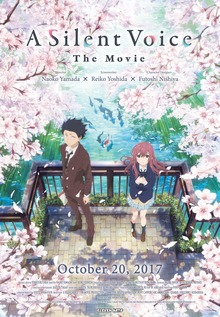
A Silent Voice, directed by Naoka Yamada, is an animated film that was released in Japan in 2016. Not until 2017, was the film released in the US. The movie is an adaptation of the manga, A Silent Voice, created by Yoshitoki Ōima. The story follows teenage Shoya Ishida as he tries to make up for past mistakes involving his old classmate, Shoko Nishimiya. Nishimiya was a deaf girl that transferred into Ishida’s elementary class, who was bullied during her time in Ishida’s class. There is a lot to talk about in this film, but in this article, I want to focus on the portrayal of Ishida’s mental illness and the portrayal of deafness throughout the film.
For those who haven’t seen the film or only know the vague idea of the film, let me tell you about how it started. The beginning of the film starts with a flashback of Ishida’s childhood. This beginning sequence focuses mainly on Ishida’s life when he meets Nishimiya. It is shown that Ishida and his childhood friends used to bully Nishimiya. She was bullied because her disability made it hard for her to communicate and participate. She was bullied so much, it led to Nishimiya transferring out of Ishida’s school. Eventually, the school’s principal found out about the bullying and all of Ishida’s friends singled him out. Ishida became the scapegoat for the whole situation, which led to him getting the same treatment as Nishimiya. Now that you have a basic idea of what happened to Ishida, I can begin to talk about how this affects Ishida. The constant bullying from his past friends caused Ishida to become withdrawn and suffer from depression. The movie even starts with Ishida getting ready to commit suicide. However, at the last moment, Ishida decided to go off and look for Nishimiya. I’ll come back to that meeting eventually, right now I’m just going to focus on Ishida’s depression and social isolation. Ishida is shown to have closed himself off from the rest of the world. He doesn’t want to let people in because he knows that they would just turn on him or hate him. Ishida has ingrained into himself that no one would truly care for him after they learn what he’s done. So, he isolates himself.
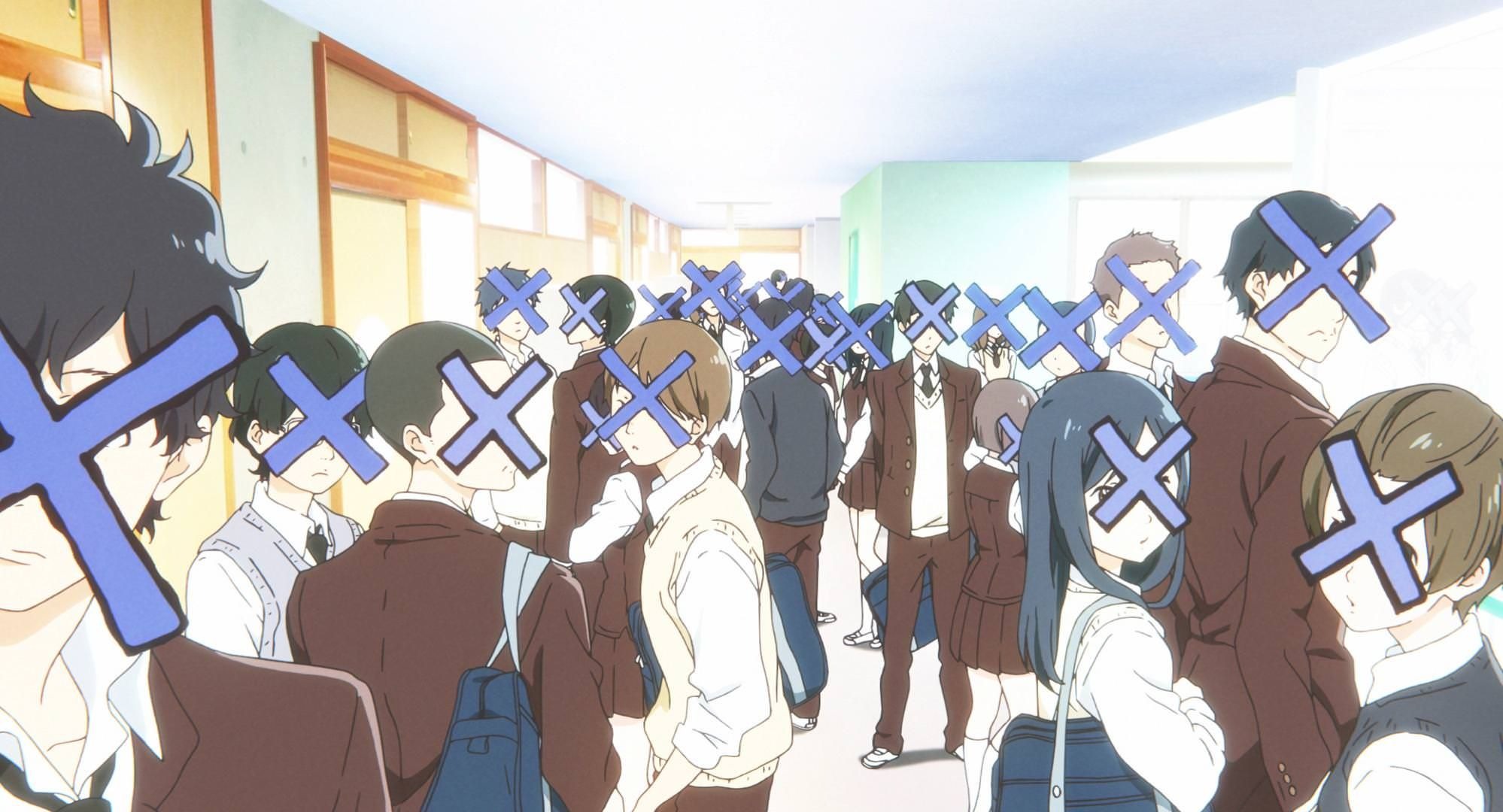
The movie does an amazing job with animating Ishida’s isolation. For example, people that Ishida does not know have X’s placed on their faces. This shows that Ishida does not want to make any attempt in knowing or seeing these strangers. Stranger’s voices are even muffled, so the audience are unable to decipher what the people around Ishida are saying. Their voices are essentially white noise to the audience. Another way the movie shows isolation is by showing tons of shots of Ishida when he is by himself. The shots consist of empty space, surrounding Ishida. This highlights the loneliness and isolation that Ishida has forced himself into. These shots are very subtle and not seen as much as the X’s on a stranger’s faces, but they show Ishida’s moments of weakness. Even though it is obvious to the audience how miserable Ishida is, Ishida does nothing to fix it since he thinks it’s his punishment.
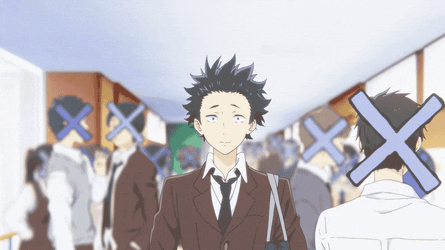
Because of what Ishida did to Nishimiya, he is filled with self-hatred and guilt. This hatred and guilt are a major cause for his depression and his decision to take his own life. Ishida wants to be punished for what he’s done and feels that it would be better if he was gone. However, like I said earlier, the main thing that stops Ishida from committing suicide was his need to make things right with Nishimiya. At the point of meeting Nishimiya again, Ishida still struggles with his depression and isolation. However, Ishida still tries to redeem his mistakes with Nishimiya. While attempting to fix his mistakes, Nishimiya helps him open himself back up to the world.
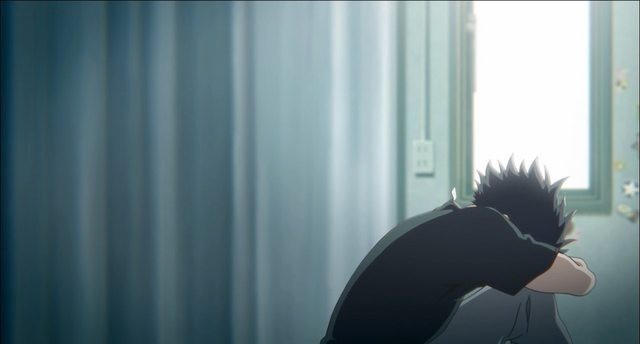
Through Nishimiya, Ishida starts to let people into his world and see their faces and hear their voices. The movie ends with Ishida attempting to open to the world around him. He is still very nervous and cautious since he has been closed off for so long. However, with a push from Nishimiya, he finally opens up, which creates this beautiful animated scene. The X’s disappear from strangers’ faces, Ishida can finally hear what they are all saying, and the world opens up to him. Ishida, who has been filled with self-hatred, regret, and guilt, finally feels like he has a chance. Ishida who no longer feels isolated, is overcome with all kinds of emotions at this moment. This pivotal ending scene always makes me burst into tears, because throughout the movie you grow close with Ishida. The audience gets to see how hard Ishida tries to fix his mistakes, making them wish nothing but the best for him. By ending the movie with Ishida coming out of his isolation, the audience knows that he’ll be okay in the end. Even though Ishida will probably still deal with depression and self-hatred after the film, this final moment shows that he’s not alone anymore. Creating a powerful ending of hope for those who are just like Ishida.
Stepping away from Ishida’s mental illness, I’m going to start talking about how deafness is shown throughout the film. When Nishimiya is first shown in the movie, it’s when she is back in elementary school and introducing herself to her new classmates. Her teacher asks her to introduce herself to class, but she doesn’t do anything at first until he taps her on the shoulder. She then starts to introduce herself to the class with pre-written words in her notebook. The scene is just a start to show what it is like for a deaf child to grow up in a hearing world, especially if they are in an environment that is not willing to learn.
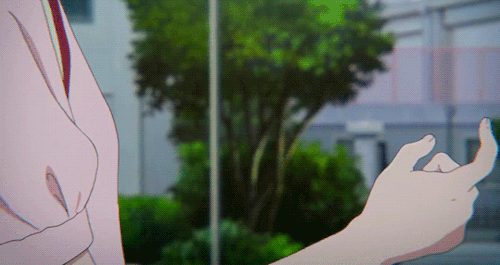
At first, the movie portrays Nishimiya and Ishida’s elementary school as an accommodating place for Nishimiya. The children of Nishimiya’s elementary school were very nice to her at first. They all try to help her with her disability as much as they can. However, after a while, the other students start to get annoyed that they must help her constantly. Which leads to Nishimiya being bullied. Nishimiya cannot even make friends during this time, since anyone that tries to associate with her ends up being bullied too. You’re probably asking, why didn’t the teachers do anything? Well, the movie portrays the school as a public school that does not have the resources to help with Nishimiya’s “special” needs. So, the teachers either end up getting annoyed with Nishimiya’s disability or just do not care enough to do anything. Nishimiya continues to be bullied by her peers, while her teachers do nothing. Since the faculty and children are not willing to accommodate Nishimiya, it shows how hard it is for Nishimiya to stay at that school because of her disability.
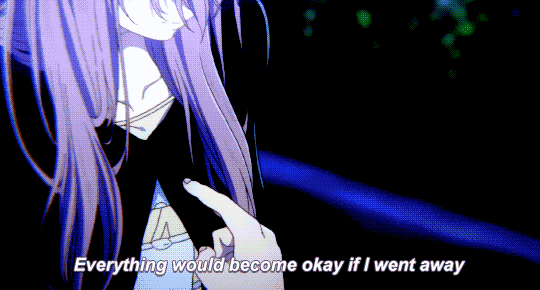
Even though she’s in a terrible environment for her disability, Nishimiya continues to try and make friends. It’s far from easy though, since Ishida and his friend are Nishimiya’s main bullies. They constantly called her weird, laughed at her voice when she attempted to speak, and stole her hearing aids. Even after all of that, Nishimiya kept signing to Ishida, asking if they could be friends. Nishimiya tried to be the bigger person and befriend her bully. However, it is not revealed until later on in the movie how negatively the bullying had affected her. She started to see herself as a burden to everyone because of her disability. Just like Ishida, she believes that everyone would be better off without her. This belief showed that Ishida and Nishimiya were not so different from each other. They both believed that the people around them would be better without them. While Ishida believed people would be better off without him because of who he was as a person; Nishimiya believed everyone would be better off without her because then they wouldn’t have to work around her disability. The film really highlights how hard it can be for a deaf person because they realize that their disability affects everyone around them instead of just them.
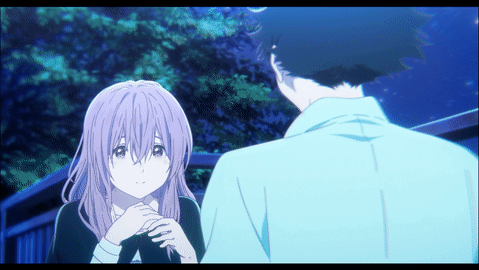
However, the film also highlights the beauty of deafness. It shows how a person can say so much with just the slightest movement of their hands. Some of the best moments in the movie are the quiet conversation that Nishimiya has with Ishida and those around her. For example, towards the end of the movie, there is a scene where Ishida and Nishimiya are on a bridge. They both pour their hearts out to each other through sign language, showing what they have been holding in for so long. After all their words were signed, the scene ends with Nishimiya making a simple sign, that is either “promise” or “friends forever.” There are no subtitles that come up when that sign is shown, and Ishida does not tell the audience what the sign means. So, unless the audience knows JSL (Japanese Sign Language), it is up to the audience to guess what the sign could mean. However, without knowing what the sign meant, it still holds a lot of meaning. The sign confirms to the audience those things are going to be okay for Nishimiya and Ishida. That they will be okay in the end.
The final takeaway from this article, I want to show you a direct quote from the director of the film. In an interview, the director was asked, “what was the most important aspect of the movie to them?” And this was their response:
Emotions, human emotions, and connections with other people. For me it’s about what’s inside everyone. You want to be understood but you’re always misunderstood, so you want to say I love you to someone but you can’t quite do that. You want to be wanted but you don’t know how to do it. So the importance of what you’ve got inside that’s not necessarily shown outside.
A Silent Voice is a beautiful film about human emotions and connections. It shows people dealing with depression, growing up with disabilities, and what it’s like to be a human being.
Work Cited
aiy5022, Author. “A Cinematographic Analysis of Koe No Katachi.” Fun Things Are Fun, 12 Apr. 2018, https://sites.psu.edu/ayfunthingsarefun/2018/04/12/a-cinematographic-analysis-of-koe-no-katachi/.
Kwan, Allen. “A Silent Voice (Koe No Katachi) (2016).” Medium, Cultural Panopticon, 13 Nov. 2017, https://medium.com/cultural-panopticon/a-silent-voice-koe-no-katachi-2016-2b21f4cf30d1.
Lunn, Oliver. “How to Make a Hit Anime That Tackles Suicide, Bullying and Depression.” I, 17 Mar. 2017, https://i-d.vice.com/en_au/article/3kbzwy/how-to-make-a-hit-anime-that-tackles-suicide-bullying-and-depression.
Yamada, Naoka, director. A Silent Voice. Kyoto Animation , 2016.
0 Comments Add a Comment?